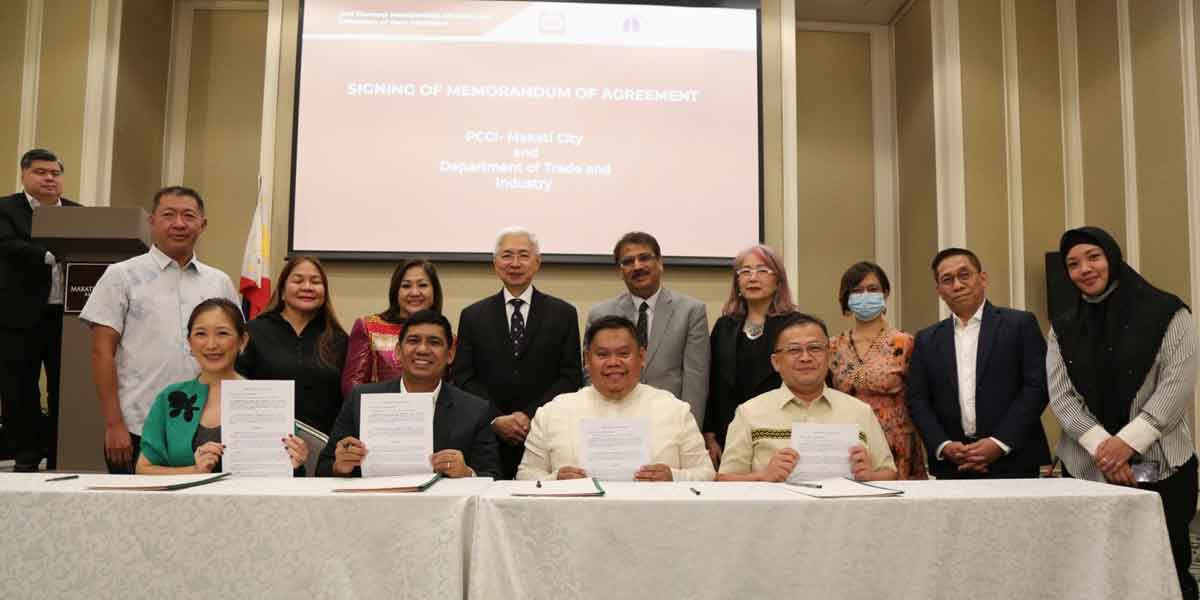By Francis Allan L. Angelo
The saga of the Ungka and Aganan flyovers in Pavia, Iloilo, showcases a troubling narrative of infrastructural mismanagement, with United Technology Consolidated Partnership (UTCP) at the center of the storm for the design of these projects.
These structures, costing the public P680 million and P800 million respectively, have become symbols of the perils of inadequate oversight and the lack of due diligence by involved parties, notably the Department of Public Works and Highways (DPWH) and the contractor, International Builders Corporation (IBC).
The issues surrounding these flyovers, which are pet and legacy projects of retired senator Franklin M. Drilon, are not trivial. They represent more than just fiscal wastage; they underscore a blatant disregard for public safety and welfare.
The situation with the Ungka flyover, which has been experiencing significant vertical displacement due to its foundation on soft soil, is particularly alarming. Despite soil strata tests revealing that the ground was mostly soft clay up to 50 meters deep, UTCP recommended foundations only up to a 30-meter depth, falling short of ensuring stability.
This fundamental oversight has led to a scenario where the Ungka flyover, initially costing P680 million, is now under repairs expected to cost an additional P250 million at minimum.
The Aganan flyover’s fate seems to tread a similar path with its construction halted amid concerns of soil stability and the integrity of its design. The DPWH-6’s pursuit of a third-party consultant to conduct another soil test, after discrepancies in initial tests, indicates a systemic failure to ensure the project’s viability from the get-go.
At the heart of this debacle is a glaring lack of due diligence on the part of the DPWH and IBC, which has been the contactor of multibillion peso projects in Iloilo and Western Visayas that Mr. Drilon facilitated when he was still senator.
It appears there was a failure to adequately scrutinize the design and soil test reports provided by UTCP. In an environment where infrastructural integrity should never be compromised, this represents a serious lapse in judgment and responsibility.
What makes the matter worse are claims that UTCP’s design was meant of a 2-lane, modular steel flyover, which is lighter compared to the current 4-lane design. There are even more outrageous claims that UTCP may have “recycled” or hijacked a previous soil analysis result of a nearby bridge.
But all these are just claims, and our sources in DPWH all deny these conjectures.
Moreover, the fact that the contractor and designer are now entangled in efforts to retrofit and redesign these structures—at significant additional cost and delay—highlights a reactionary approach rather than a proactive one.
Furthermore, the DPWH’s acknowledgment of design deficiencies post-construction raises questions about the thoroughness of their review processes and the criteria used in selecting contractors and designers for such critical projects.
The repeated need to resort to third-party consultations for soil testing and design validation suggests a lack of confidence in the initial assessments and underscores the need for more stringent internal competencies within the DPWH.
The episode also sheds light on the broader implications of such failures, which extend beyond the immediate financial costs. The public’s trust in government projects is eroded, and the delays exacerbate traffic congestion, affecting daily life and economic activities in the region.
The situation calls for a reassessment of the criteria for project approval, emphasizing not just the financial aspects but also the technical and environmental due diligence required to ensure the long-term success and safety of infrastructural projects.
The Ungka and Aganan flyovers saga is a stark reminder of the critical need for transparency, accountability, and robust oversight in public infrastructure projects. It underscores the importance of comprehensive planning, rigorous testing, and adherence to best practices in engineering and design.
As stakeholders grapple with the fallout, the lessons learned from this experience must inform future endeavors to prevent the recurrence of such costly oversights.
The DPWH, IBC, and UTCP must not only address the immediate technical and financial challenges posed by these projects but also take substantive steps to restore public confidence in their ability to deliver safe, reliable, and efficient infrastructure.





















